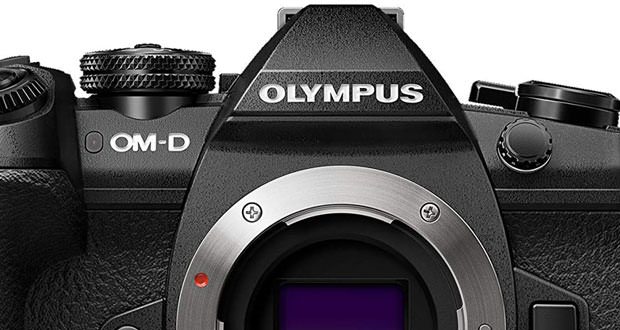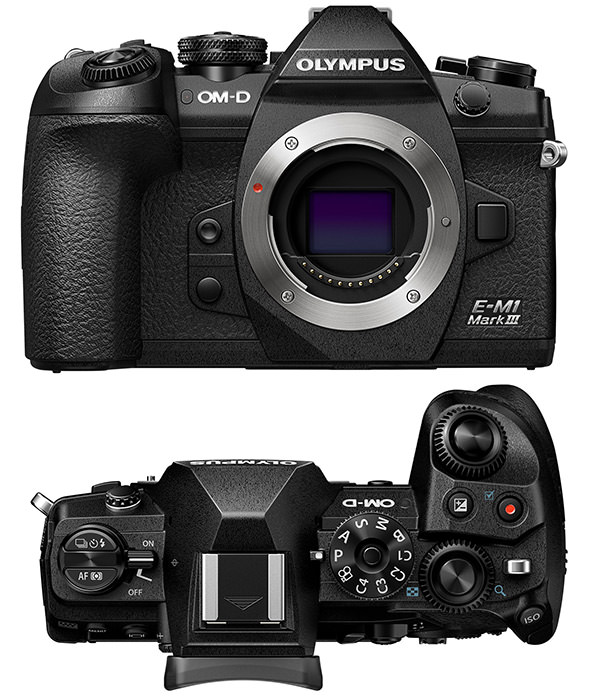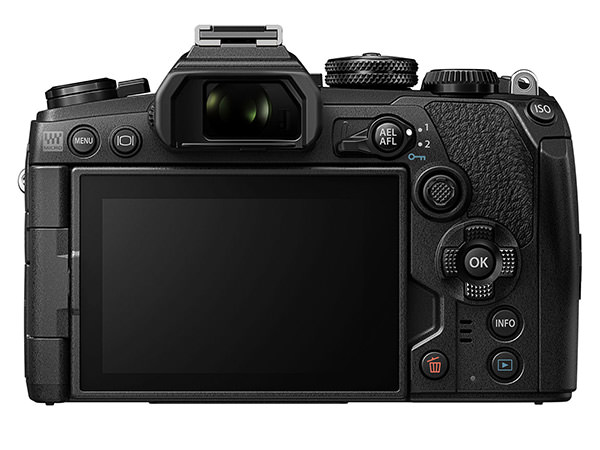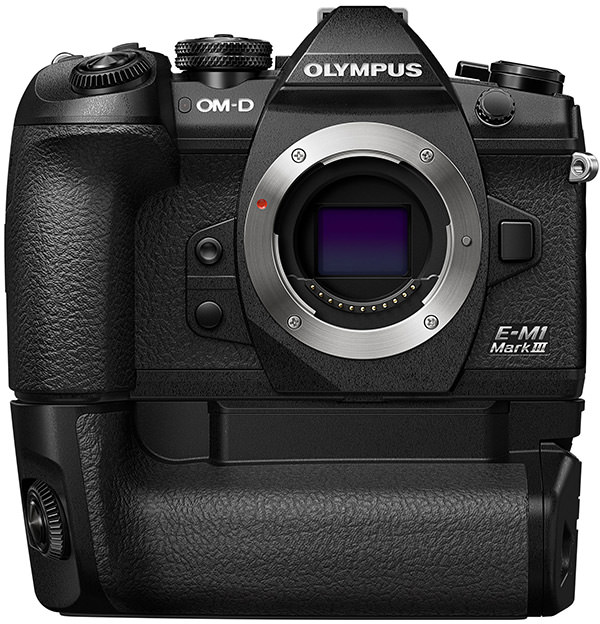Olympus OM-D E-M1 Mark III, Sensor stabilized up to 7 stops
The new Olympus OM-D E-M1 Mark III introduces itself to the public by bringing the interesting innovations introduced with E-M1X, the top of the range with integrated vertical handle, into the compact size form factor of E-M1. We find a 20.4 megapixel Micro Four Thirds sensor with an effective 5-axis mechanical stabilization system, capable of reaching up to 7 stops and 7.5 stops with some stabilized optics.
On the day when Nikon puts its new flagship, Nikon D6, on the plate, Olympus also renews one of its flagship cameras. The new Olympus OM-D E-M1 Mark III presents itself to the public by bringing the interesting innovations introduced with E-M1 X, the top of the range with integrated vertical handle, into the compact size form factor of E-M1.
We find a 20.4 megapixel Micro Four Thirds sensor with an effective 5-axis mechanical stabilization system, capable of reaching up to 7 stops and 7.5 stops with some stabilized optics. The TruePic IX processor allows the camera to shoot at 18 fps with autofocus and capture 4K DCI footage at 24p.
The stabilization system is also used to enable computational photography features, which finally bring the shooting modes of a top-of-the-range camera closer to some of the functions now widely used on smartphones.
The new Olympus OM-D E-M1 Mark III can activate the Live ND mode, which superimposes several images to create the effect of long exposure thanks to stabilization, this function can also be used freehand.
The functionality is similar to Live shooting modes, such as LiveComposite and LiveBulb, which facilitate the shooting of very complicated photographs, with the advantage of not requiring a tripod now.
The combination of the new processor and stabilization system also activates the new High-Res freehand shooting mode with the final RAW file and 50-megapixel JPG. Autofocus Olympus relies on the on-chip phase-detection system with 121 cross points, and the Japanese manufacturer has implemented the Eye AF function.
Among the functions, we also find the pre-buffer, which captures up to 35 images when the shutter-release button is pressed halfway, to allow you to capture the right moment even if the photographer has had a slower reaction time than necessary.
Olympus has chosen not to deeply modify the camera body, which is compatible not only with the battery of the previous model (BLH-1 can also be charged via USB-C with PD Power Delivery charger) but also with the battery grip.
Now, we find a comfortable 8-way clickable joystick for positioning the focus point. As in the previous model, we find a vari-angle orientable display, and the electronic viewfinder remains the same. At the level of connections, there is also the presence of 5 GHz Wi-Fi.
Product prices and availability are subject to change. Any price and availablility information displayed on Amazon at the time of purchase will apply to the purchase of any products.




